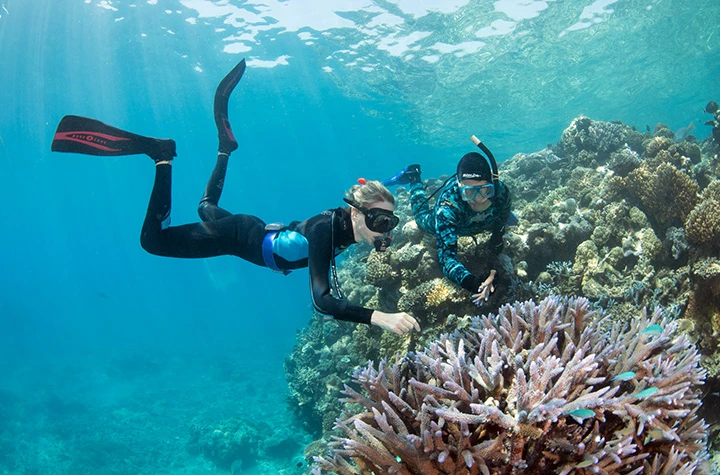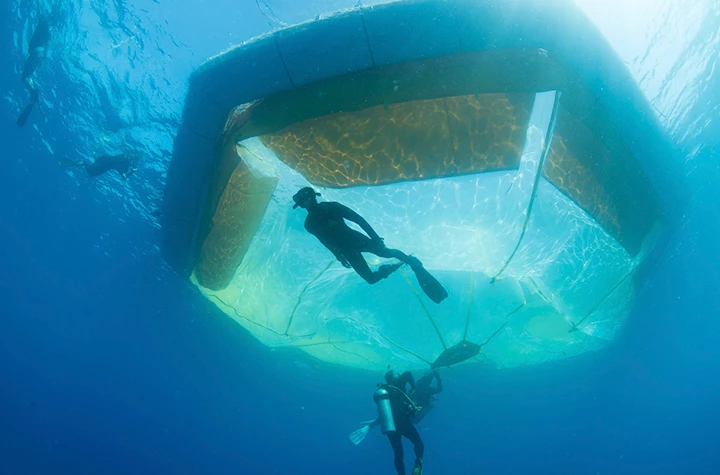Recent severe bleaching events in the Great Barrier Reef have led to widespread death of the corals making up world’s largest living structure, but scientists are coming up with some inventive ways to help repair the damage. Researchers at Australia’s Southern Cross University are now preparing to put the latest into action, with millions of “turbo-charged” coral babies being readied to take root in the reef’s most degraded areas.
Protective films that soften the harsh sunlight, recycling dead corals into structures to promote growth and deploying underwater robots during mass spawning events are just a few ways scientists are looking to conserve the Great Barrier Reef. These mass spawning events were discovered 38 years ago by Southern Cross University’s Professor Peter Harrison, and occur with enough regularity for he and the team to continually experiment with ways to supercharge the natural processes at play.
“The mass spawning always occurs in the week following full moons in November and December and sometimes after October full moon,” Harrison tells New Atlas. “So the calendar dates change but the lunar timing is consistent.”
Previously, Harrison and his team have tested out their LarvalBot, using it to distribute coral larvae around the most damaged areas of the reef and give coral baby numbers a much needed boost. This time around, the scientists are preparing to field test a technology they call Coral IVF.

During the most recent mass spawning event, the team collected millions of coral sperm and eggs and co-cultured the larvae with a type of algae called zooxanthellae. Baby corals naturally take in this algae once settled, but by growing them in the lab to possess higher thermal tolerance and introducing them far earlier, the scientists greatly increase the baby coral’s chances of survival.
“This innovative technique is like giving the baby corals a ‘battery pack’ by allowing the coral larvae to take up symbiotic algae, giving them the potential to acquire more energy, and therefore grow faster and survive better,” says Harrison. “If we succeed in increasing their survival rate it can make a big difference in being able to scale up future restoration processes.”
These “turbo-charged” corals are now living in the team’s rearing pools, which have been recently upsized and revamped with new pontoon and net designs that Harrison says allow them to raise many more larvae. The coral larvae is now ready to be deployed to the most heavily damaged areas of the reef, where the team will monitor their development and observe how effectively they lead to mature coral colonies that can then reproduce on their own within a few years.

If successful, the Harrison says the Coral IVF technology could serve as a blueprint for reef restoration efforts around the world, with global warming and rising sea temperatures posing an increasingly ominous threat to these natural ecosystems. Scaling it up to the necessary proportions, however, will take some serious legwork.
“To scale this up we need to combine ecology and technology to engineer larger scale larval production from millions to billions of coral larvae, and evolve current successful approaches at small patch reef scale up to larger reefs and kilometre-scale,” Harrison tells us.
You can hear more from him about the project in the video below.
Source: Southern Cross University





